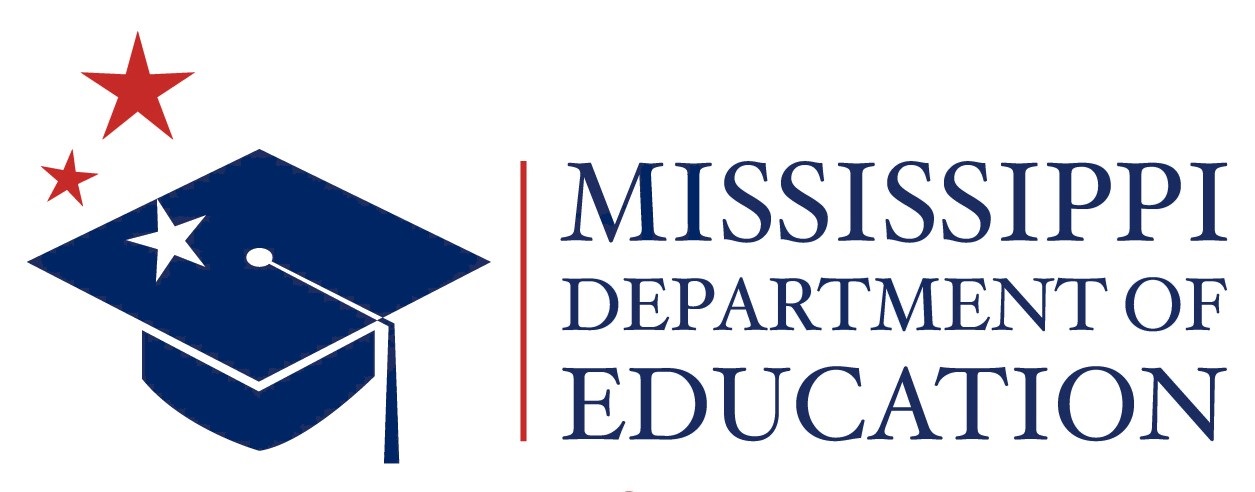School Improvement: CSI, TSI and ATSI Schools
How are CSI schools identified?
There are three ways that Mississippi is identifying CSI schools: 1) any high school with a graduation rate of 67 percent or below; 2) the lowest five percent of our Title I schools and 3) any Title I school that does not improve after being identified as an additional TSI school. In general, CSI schools are schools with overall low performance or very low graduation rates. The state uses performance on a variety of indicators, including measures of achievement, English language proficiency, graduation rates, and other measures of school quality or student success, to identify these schools.
How are schools with low-performing subgroups identified for TSI and Additional TSI? Are they the same or different?
TSI schools and Additional TSI schools may not have the overall low performance, but they receive their identification for the performance of student groups that are falling behind. TSI schools have subgroups with gaps in comparison to the same subgroups at the state level, but ATSI schools have subgroups that are performing the same as or below the lowest five percent of the state’s Title I schools
How is the method of identification the same or different than before ESSA? Are they the same as priority and focus schools?
Before ESSA, states identified the bottom five percent of their lowest-performing schools and any high school with a graduation rate of 60 percent or below as priority schools and the next lowest 10 percent of schools as focus schools. Now, under ESSA, states identify the lowest five percent of Title I schools, any high school with a graduation rate of 67 percent or below, and any Title I school that has not improved after implementing an ATSI plan for comprehensive support and improvement, or “CSI” schools, and any school with one or more underperforming student group(s) for targeted support and improvement, or “TSI” schools.
What schools have been selected for CSI or TSI? Where are they located?
Schools will be identified for CSI or TSI based on the final 2018 Accountability Performance Ratings, which are scheduled to be approved by the State Board of Education during the September 2018 board meeting.
My school has been identified for CSI or TSI, what happens next? What kind of support will it receive?
CSI and TSI schools must develop a plan to address poor performance. The CSI plan must be approved by the local school board and the MDE, while the TSI plan must be approved by the local school board only.
Does that mean it’s a “bad school?”
While it is true that identified schools may face challenges in student outcomes in specified areas, it is not appropriate to label them as “bad” schools. These schools have an opportunity to improve achievement outcomes for the students being served
If my school is identified as CSI or TSI, will it be given additional funding to support improvement?
Schools that are identified are eligible for additional federal funds. ESSA requires that the additional funds be used to support interventions that have an appropriate level of evidence for improving student performance outcomes. It will be important for your schools to think about how it can align funds it currently receives with its school improvement plan.
What can I do as a parent or community member?
Accountability ratings and the ESSA Report Card provide you with information about how your schools and student groups in that school are performing. Parents and community members can use the information to engage with your school’s administrator or your student’s teachers to see what supports are available for individual students. Ask your school and district leaders about participating in parent organizations or community engagement councils for opportunities to support the improvement of student outcomes in your schools and communities. Districts and schools can engage parents and the community in developing a plan for improvement and will receive additional support from the state and their district.
What is the expectation for presentation of the Monthly Update for schools identified as CSI, TSI, ATSI, and SAR?
The required components of the Monthly Update template cannot be addressed during the period of school closure established by the Governor’s Executive Order. Therefore, monthly updates during the local school board meeting (virtual or in person) are waived until districts and schools return to normal operations.
If an LEA was scheduled to be monitored during the months of March, April, or May, will the monitoring proceed as planned?
Monitoring is a required process for sub-recipients of Title I School Improvement (1003) and competitively awarded School Improvement Grants (SIG). Therefore, monitoring is postponed until additional guidance is available following districts and schools return to normal operations.
If an LEA wants to know the status of its MCAPS school improvement application or revision, who will the district contact during the time the MDE is working remotely?
Federal Programs directors should contact A’Lisa Bryant at abryant@mdek12.org or Re’Nona Jackson rjackson@mdek12.org. Your questions will be routed to the appropriate contact. In addition, district MCAPS personnel will continue to be updated through the MCAPS notification system when changes have been made to the district’s school improvement application.
If an LEA who implements a School Improvement Grant (SIG) 1003g wants to submit or know the status of a school’s revision, has specific questions on grant implementation or established deadlines, who will the district contact during the time the MDE?
The School Improvement Grant (SIG) Officer should contact Shakinna Patterson at spatterson@mdek12.org.
Resources
- Documents and Forms
- Comprehensive/Targeted Support and Improvement Schools
- Sharing What Works
- Identifying Evidence-Based Programs
- Community Engagement Council
- Four Domains: A Framework for Rapid School Turnaround
- Access for All Guide
- Evidence-Based Programs
- Mississippi Instructional Materials Matter
- Planning Application/Revision Request



